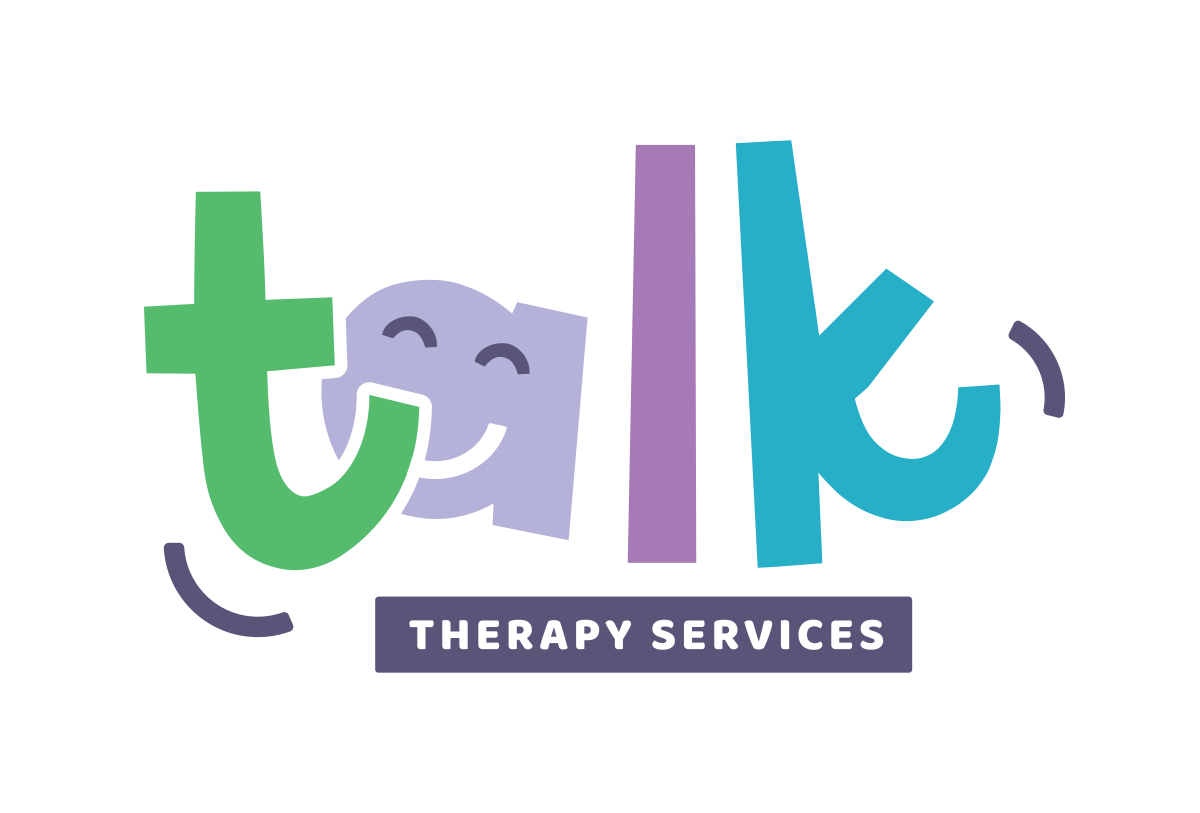Revolutionizing Speech Therapy: The Cycles Approach
In the world of speech therapy, the Cycles Approach has emerged as a transformative methodology, particularly for children with phonological disorders. This innovative strategy, designed to enhance speech intelligibility in a systematic yet flexible manner, has gained prominence for its effectiveness and child-centered philosophy. Let’s explore the fundamentals of the Cycles Approach, its application, and the significant impact it has on facilitating speech development.
What is the Cycles Approach?
Developed by Barbara Hodson in the 1980s, the Cycles Approach is predicated on the concept of addressing phonological patterns or errors in cycles, rather than tackling one sound or pattern until it is mastered. This approach is especially beneficial for children exhibiting multiple speech errors, providing a structured framework that promotes gradual and natural phonological learning and improvement.
Key Features of the Cycles Approach
1. Cyclical Structure: Therapy is organized into cycles, each focusing on different phonological patterns or sounds that the child struggles with. A cycle spans a set period, often several weeks, during which specific patterns are targeted through various activities and techniques.
2. Target Selection: Instead of isolated sounds, the Cycles Approach focuses on phonological patterns that are developmentally appropriate and significantly impact intelligibility. This ensures that therapy has a meaningful and immediate effect on the child's ability to be understood.
3. Dynamic Intervention: The approach is dynamic and adaptable, allowing speech-language pathologists (SLPs) to revisit patterns as needed across cycles, ensuring that children have multiple opportunities to learn and internalize speech sounds.
Implementing the Cycles Approach in Therapy
1. Assessment and Planning: An initial assessment identifies the phonological patterns that need addressing. SLPs then plan cycles, prioritizing patterns based on their impact on intelligibility and developmental appropriateness.
2. Active Engagement: Activities within each cycle are designed to be engaging and meaningful, encouraging active participation. This might include play-based activities, crafts, or games that incorporate target sounds and patterns.
3. Home Practice: To reinforce learning, children are given simple and fun activities to practice at home, involving their families in the therapeutic process and promoting consistent exposure to target patterns.
4. Progress Monitoring: Throughout the cycles, SLPs continuously monitor the child’s progress, adjusting the therapy plan as needed to ensure that all relevant phonological patterns are effectively addressed.
Benefits of the Cycles Approach
1. Enhanced Speech Intelligibility: By systematically targeting phonological patterns, children’s speech becomes more intelligible, improving their communication skills and confidence.
2. Flexibility and Individualization: The approach offers the flexibility to tailor therapy to each child's unique needs, ensuring more personalized and effective intervention.
3. Engagement and Motivation: The use of varied, child-centered activities within each cycle keeps children motivated and engaged, facilitating better learning outcomes.
4. Foundation for Future Learning: By improving phonological awareness and speech production, the Cycles Approach lays a solid foundation for future reading and writing skills, contributing to overall academic success.
The Cycles Approach represents a significant advancement in speech therapy for children with phonological disorders. Its cyclical, pattern-focused methodology not only enhances speech intelligibility but also engages children in a meaningful and enjoyable learning process. As we continue to embrace and refine evidence-based practices in speech-language pathology, the Cycles Approach stands out as a key strategy for supporting children on their journey to clear and effective communication, paving the way for lifelong linguistic and academic achievements.

